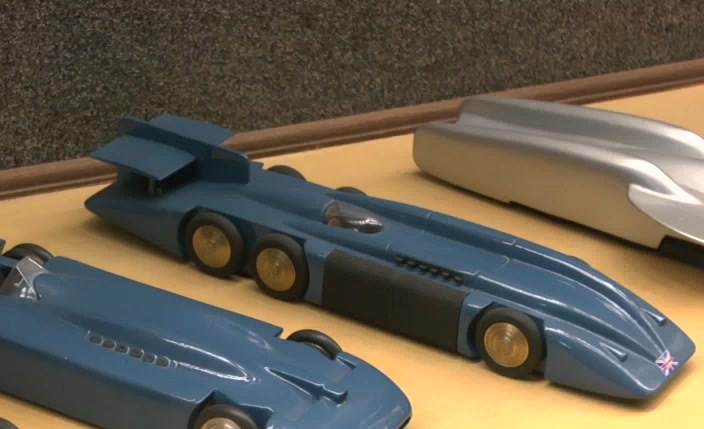Right in front of you, you can see the largest collection of this kind of vehicles on public display and covers the entire period from the first record attempts of the late nineteenth century to the present day. The LAND SPEED RECORD is the highest speed achieved by a person using a wheeled vehicle.
The land speed record is standardized as the speed detected over a course of fixed length, averaged over two passes. Two runs are required in opposite directions within one hour, and a new record mark must exceed the previous one by at least 1% to be validated.
In 1924, one of the most fascinating characters appears in the record’s chronology, which will become a symbol of motor racing in the roaring twenties: Malcom Campbell.
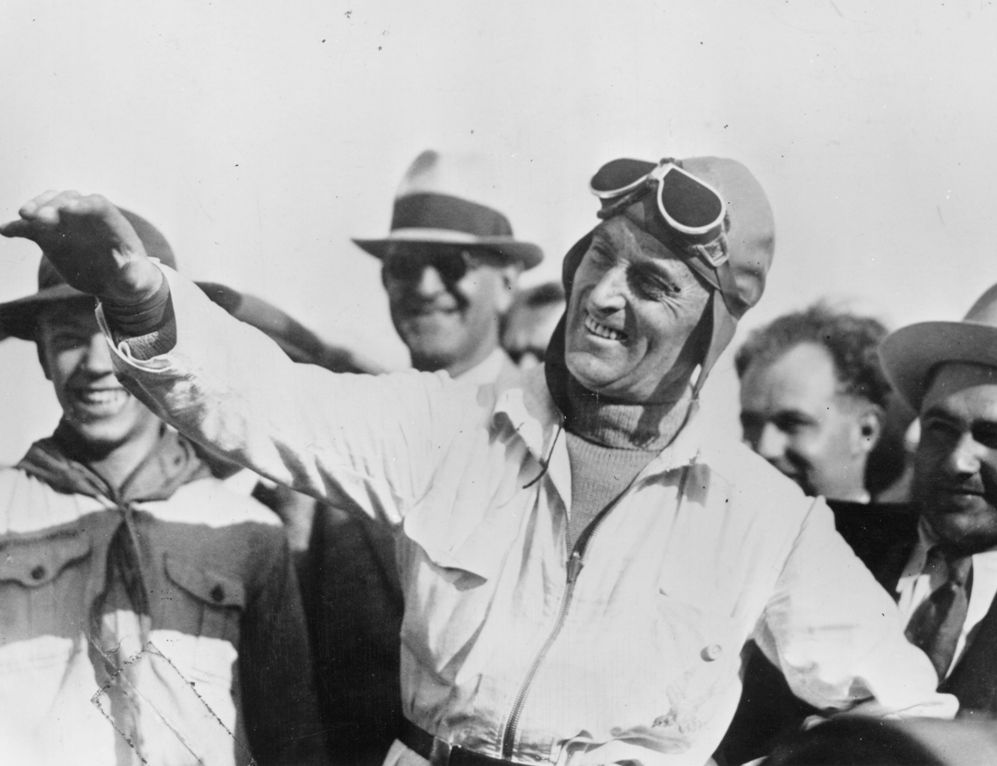
He was the only child of a wealthy family. He took over his father’s business in the diamond trade and soon accumulated a substantial fortune, which he began to spend to follow his passion for cars and speed. During the First World War he received military hours after serving as a pilot in the R.A.F.
In 1912, Malcolm Campbell saw the play “The Blue Bird” by Belgian Maeterlinck. It is the story of two brothers who want to help a fairy to cure her granddaughter who is very sick. The only way to help her is finding the blue bird of happiness. Campbell was so impressed by the performance that he painted his racing blue and christening it “Blue Bird”. With this car he will win a race at Brooklands. From that day, the British driver will paint all his cars this color and become a motorsports’ legend.
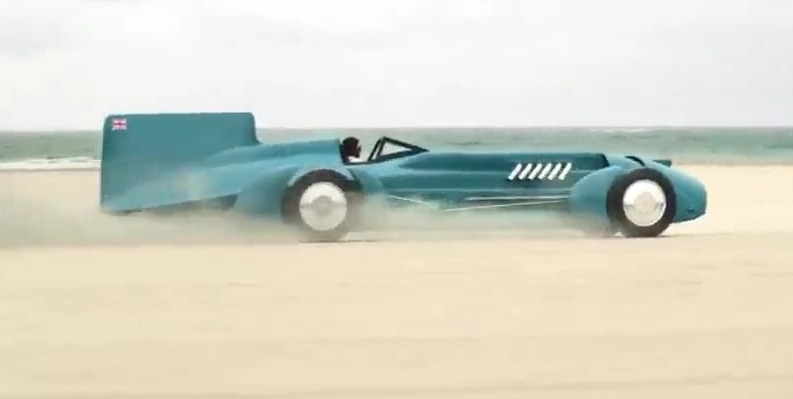
The legendary pilot dedicated himself to breaking the World Speed Record and set a new one over and over again. In 11 years, from 1924 to 1935, Malcom Campbell broke the record 9 times, eventually becoming the first man to exceed 300 miles per hour. At the end of his splendid career, because the prestige he brought to the United Kingdom with his legendary exploits, he was appointed Baronetto in 1931.
Hanging off the jamb of the door that separates the hall from the record-breaking car and the library, you will notice a small frame, a gift from Campell’s late friend Franco Zagari, journalist photographer and author of great books on the history of motor racing which, of course, you can consult in our library. The frame contains an original photo with Sir Malcom Campbell’s autograph. On the events relating to this photo you will find an in-depth analysis in the second part of the museum’s paper guide.
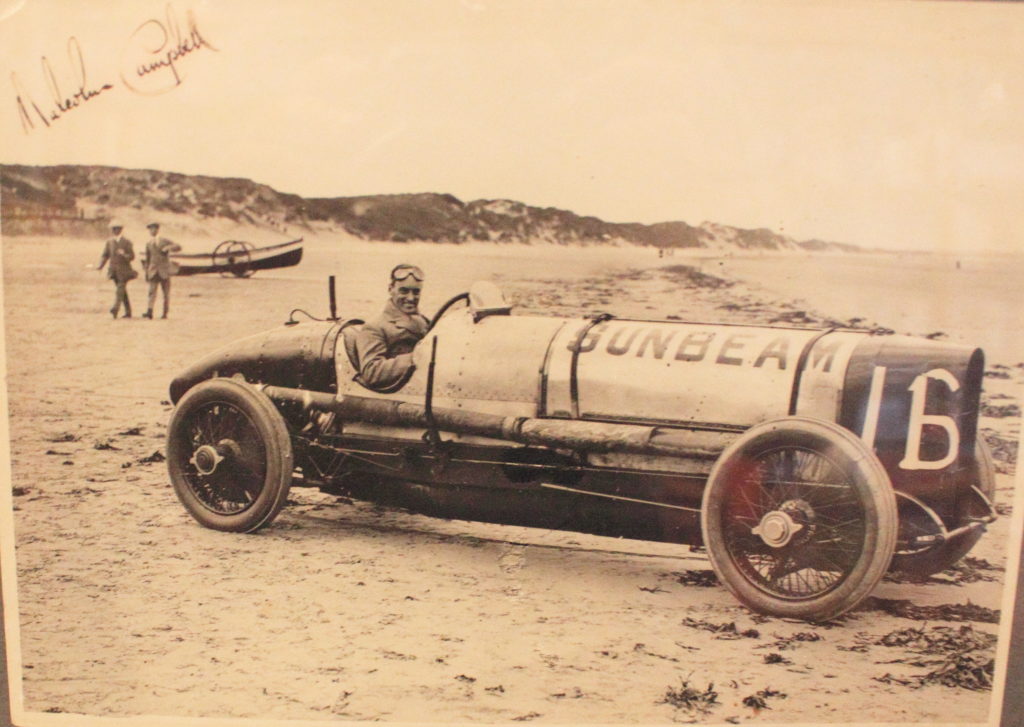
In the showcase in back of the room you will find the current holder of the record, the Thrust, a car of the English team of Richard Noble driven by Handy Green. This is the first vehicle on wheels to have broken the sound barrier. The construction of this incredible vehicle was promoted and developped by Richard Noble, an engineer and former holder of the Land Speed Record. At the time Handy Green, who drove the Thrust SSC in the Black Rock desert in Nevada (USA), was a military pilot and test driver for the British Royal Air Force.

The idea of being the pilot who would have attempted the record came to him when he read in a newspaper that someone was working on a four-wheeled vehicle powered by two military-jet engines..
Andy Green and Richard Noble are currently working on the Bloodhound SSC project, which aims to build a vehicle that can reach the astonishing speed of 1,000 miles per hour, which means 1,609 km / h, thus bringing the Land Speed Record to unbelievable heights.
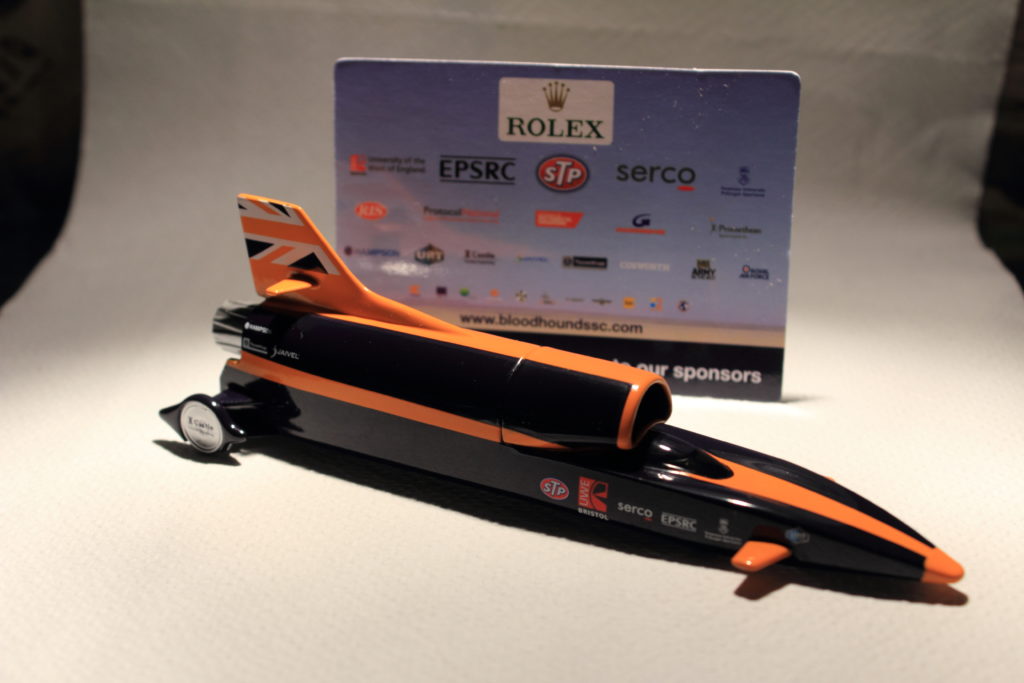
We would like to draw your attention to the beautiful six-wheeled car of the great Campbell, the “blue bird”, whose project was never fully developed. It is a model designed and built by one of the museum’s members and currently produced by Brianza company, one of the most prestigious company in this sector worldwide.
